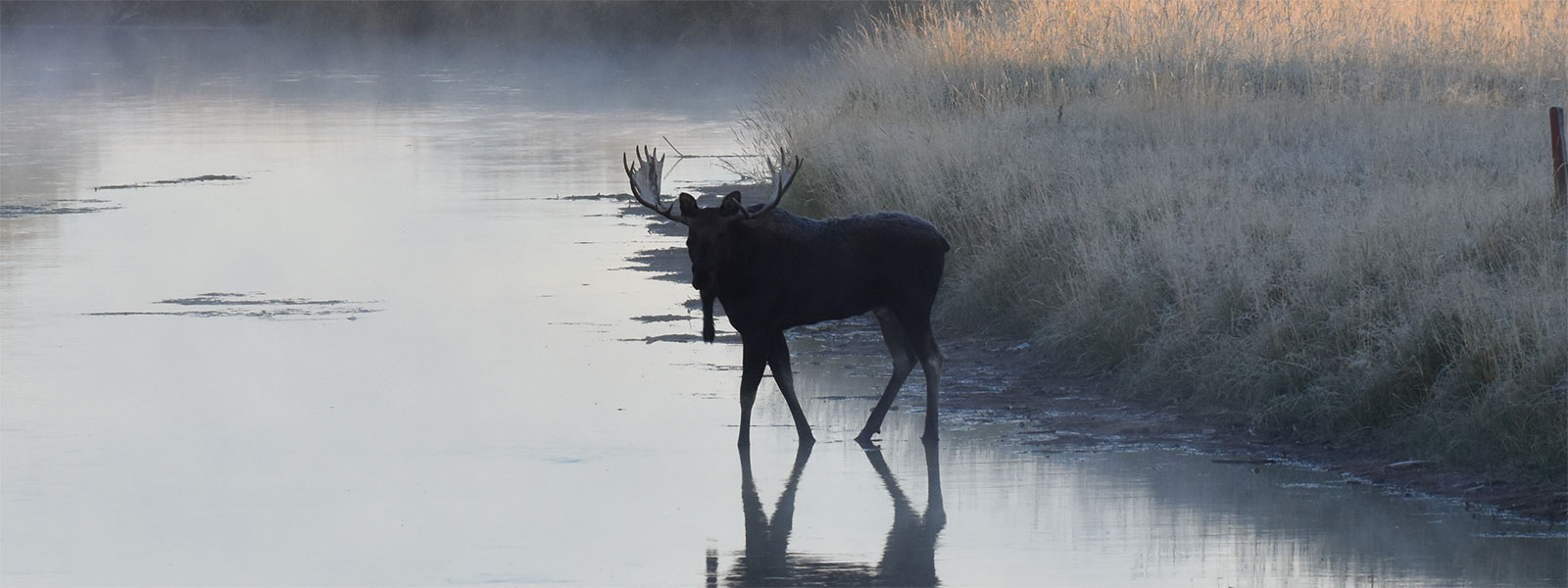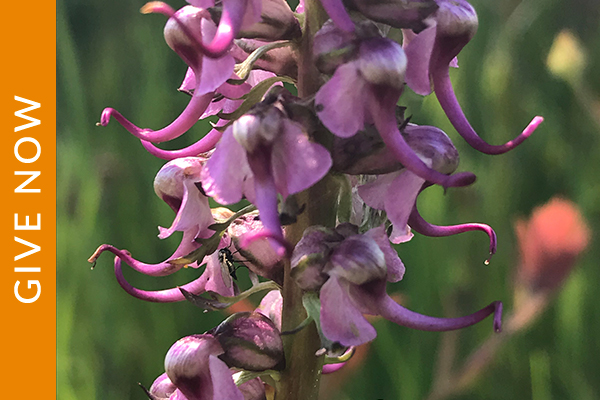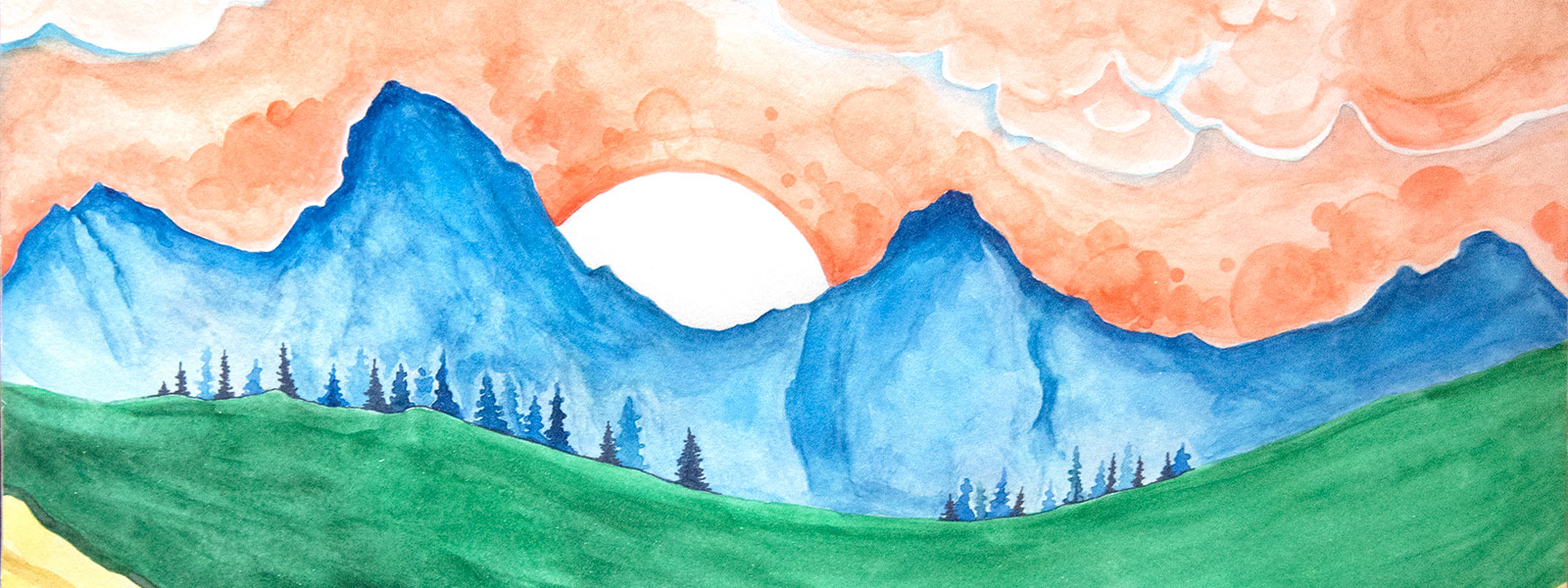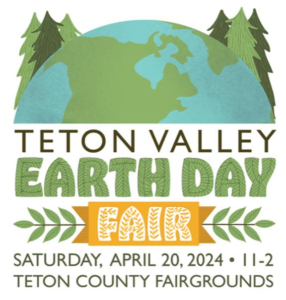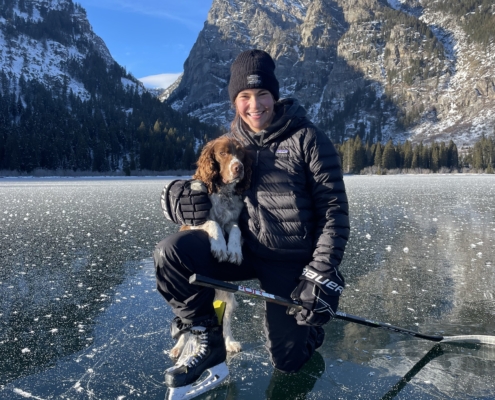 https://tetonlandtrust.org/wp-content/uploads/2024/04/IMG_0585-1-scaled.jpg
2560
1920
Mandy Crane
https://tetonlandtrust.org/wp-content/uploads/2016/04/TRLT_White2.png
Mandy Crane2024-04-02 08:40:522024-04-02 08:40:52Teton Regional Land Trust Announces 2024 Michael B Whitfield Scholarship Recipient, Madeline Pentz
https://tetonlandtrust.org/wp-content/uploads/2024/04/IMG_0585-1-scaled.jpg
2560
1920
Mandy Crane
https://tetonlandtrust.org/wp-content/uploads/2016/04/TRLT_White2.png
Mandy Crane2024-04-02 08:40:522024-04-02 08:40:52Teton Regional Land Trust Announces 2024 Michael B Whitfield Scholarship Recipient, Madeline Pentz3rd Annual Greater Yellowstone Crane Festival
Virtual Event September 14th-19th
Teton Basin
Learn MoreBecause of the rare plant and wide-ranging animal species that depend upon it, the Teton River Basin has been ranked the number one private lands conservation priority area within the entire Greater Yellowstone Ecosystem for its combination of irreplaceable ecological value and vulnerability.
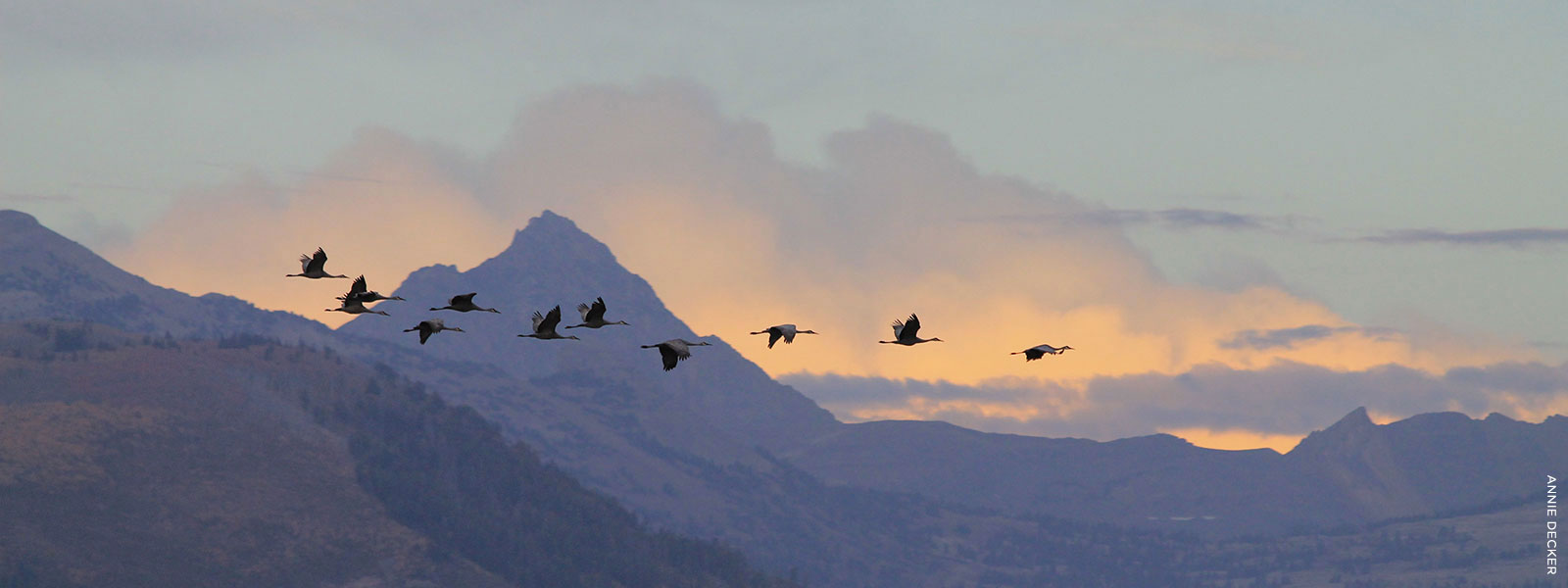
Teton Basin
Learn MoreSteeped in agricultural tradition, farming and ranching remains significant in Teton Basin, benefitting both people and wildlife.
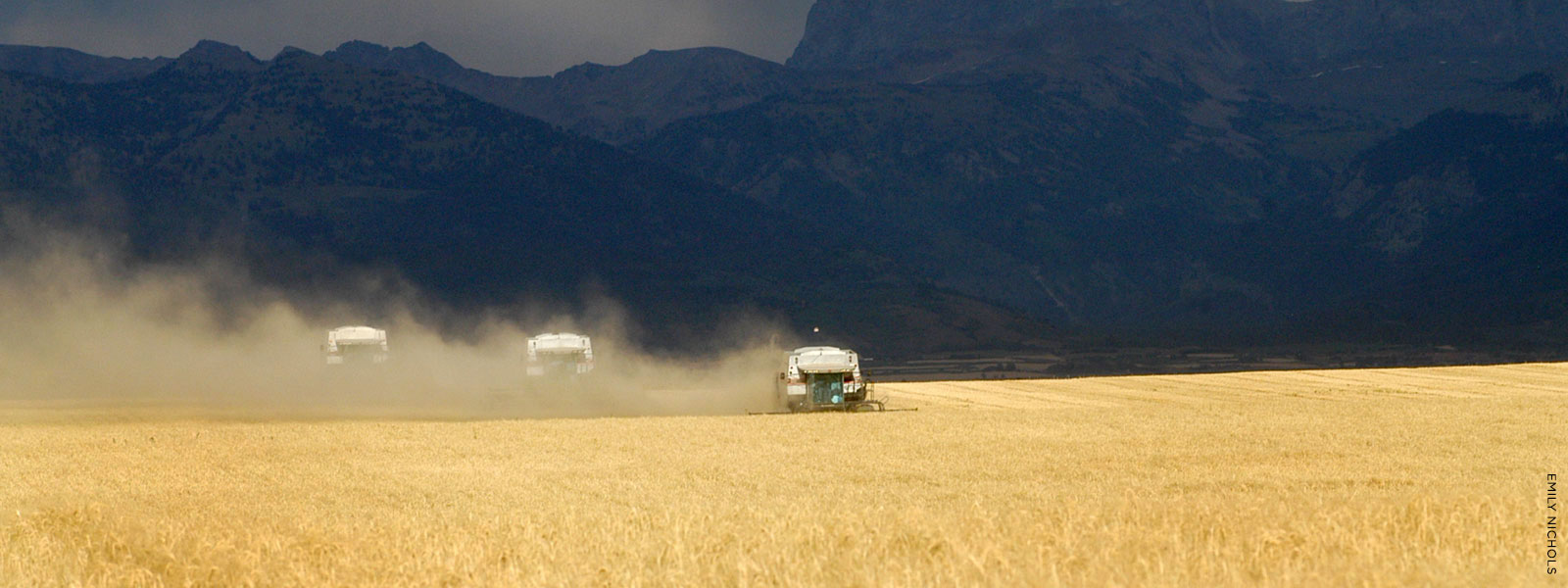
South Fork
Learn MoreThe South Fork Snake River corridor from Swan Valley to Menan Buttes is one of the Greater Yellowstone Ecosystem’s most outstanding fish and wildlife resources, including the cottonwood gallery forest along this reach of the river, named the number one wildlife resource in Idaho.
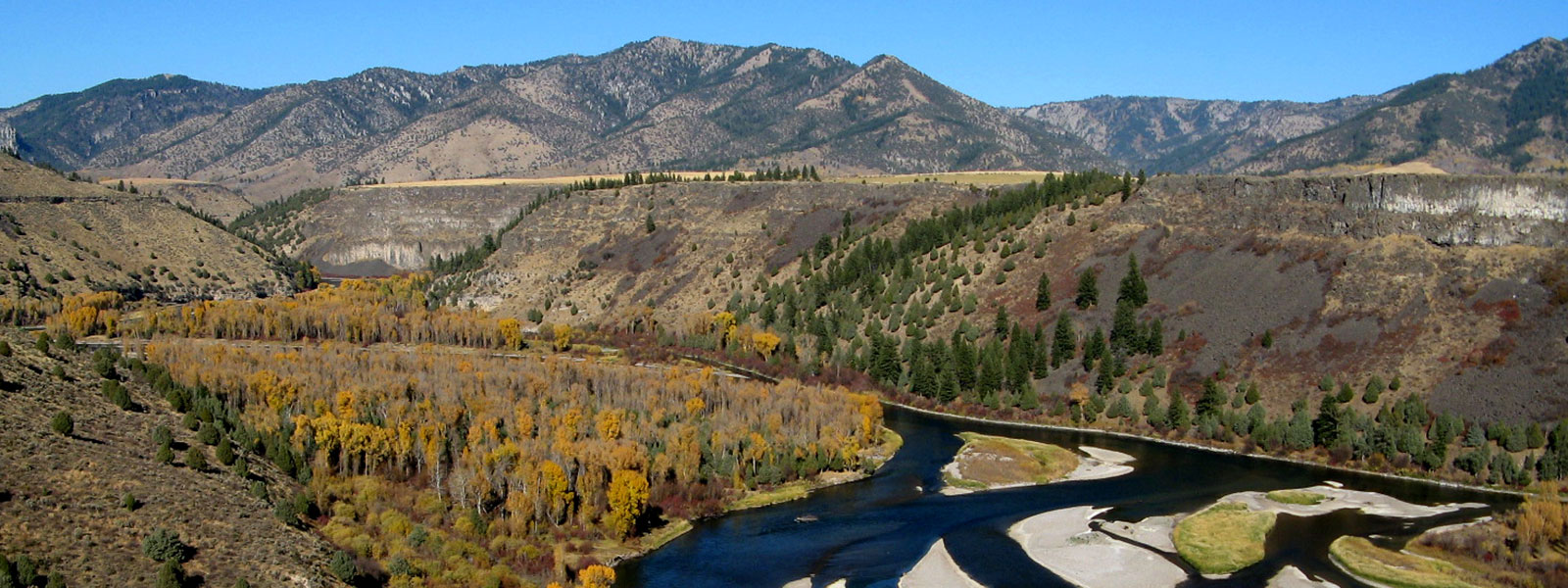
Sand Creek and Middle Henry’s Fork
Learn MoreBecause of the combination of rare plant and animal populations in the area, the Henry’s Fork River is ranked as the number two conservation priority within the entire Greater Yellowstone Ecosystem for its irreplaceable ecological value.
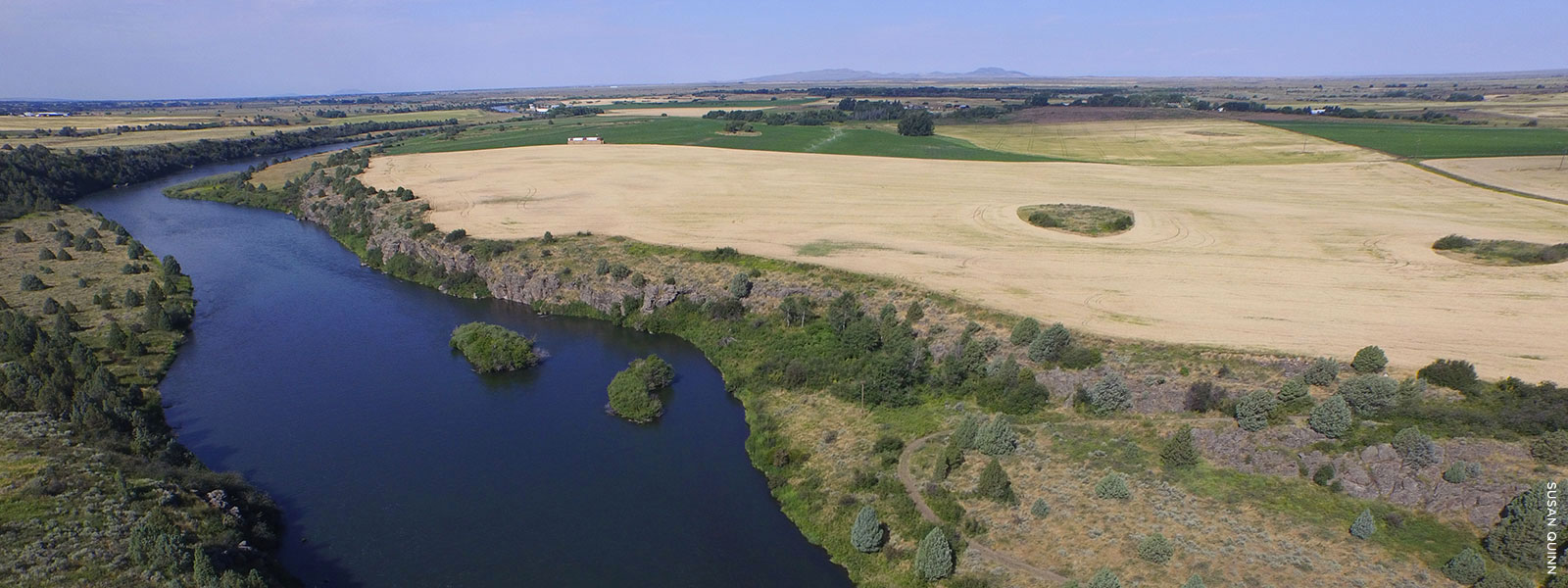
Island Park and Shotgun Valley
Learn MoreThe Island Park Caldera, the Henry’s Lake Flat, Shotgun Valley, and the south slope of the Centennial Range make up a large and diverse landscape, where there are is great value for migratory and wintering elk and sage grouse, raptor migration corridors, and expansive habitats of value to many species.
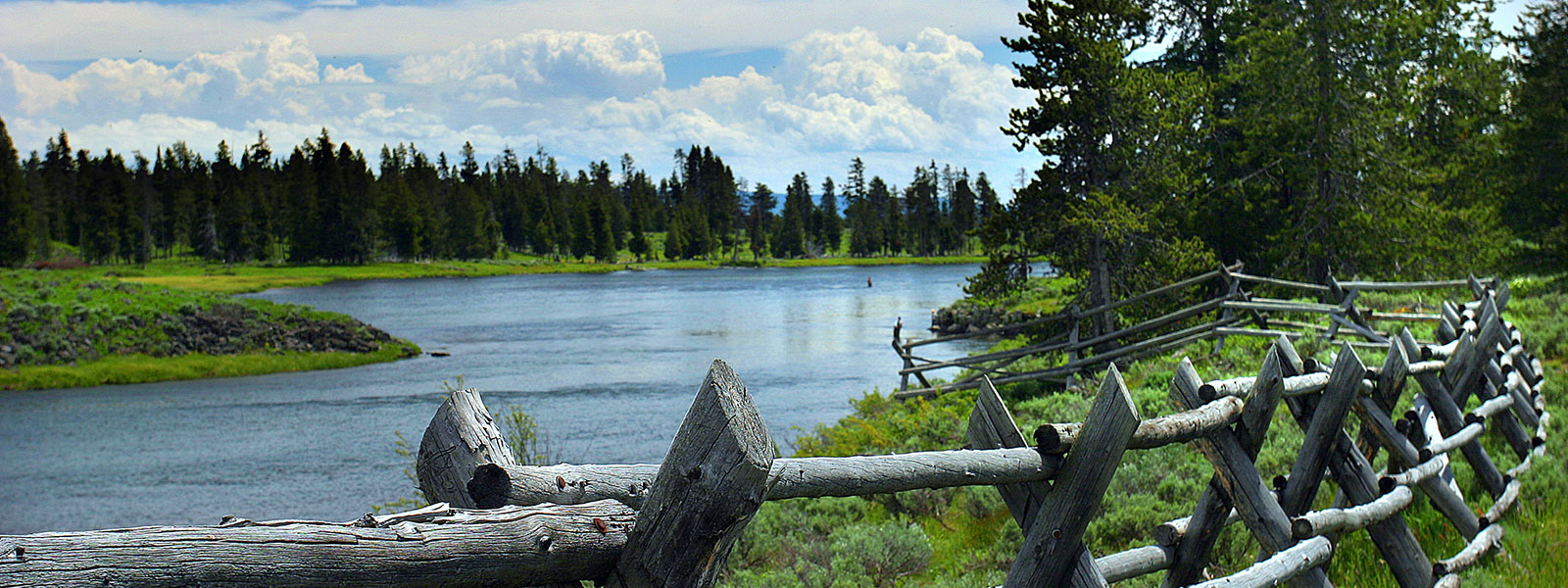
Stay Connected
Maximize Soil Cover
Soil cover refers to either living plant material (growing crop, cover crop, or grassland) or mulch (crop residues, wood chips, tree or shrub prunnings, thatch, or compost). Maximizing soil cover helps to protect the soil from wind and water erosion, increases nutrient cycling, and helps with water retention. Stay tuned for more information regarding each of the 4 Principles of Soil Health! You can also dig into these principles yourself through a quick Google search or by visiting the USDA website at www.farmers.gov/conservation/soil-health. We want to hear from you! Please let us know if you use any of these 4 principles and what impact you have seen on the ground. Write a comment here, call us at 208-354-8939, or reach out to stewardship@tetonlandtrust.org. (Photo by Emily Nichols)
... See MoreSee Less

- Likes: 7
- Shares: 3
- Comments: 0
0 CommentsComment on Facebook
Soil disturbance accounts for a variety of factors including physical disturbances from tillage or compaction, chemical disturbance such as fertilizer and pesticide application, and biological disturbances such as over-grazing by livestock or the introduction of invasive species. The use of monoculture can also be considered a type of disturbance as it can create biological imbalances.
By keeping these factors in mind and reducing disturbance, the soil can become more stable and have increased organic matter. High soil stability protects the soil from degradation by wind and water. Increased organic matter aids in water filtration and storage, nutrient cycling, and increases soil habitat. Stay tuned for more information regarding each of the 4 Principles of Soil Health! You can also dig into these principles yourself through a quick Google search or by visiting the USDA website at www.farmers.gov/conservation/soil-health. We want to hear from you! Please let us know if you use any of these 4 principles and what impact you have seen on the ground. Write a comment here, call us at 208-354-8939, or reach out to stewardship@tetonlandtrust.org. (Photo by Emily Nichols)
... See MoreSee Less

0 CommentsComment on Facebook
There are 4 main Principles of Soil Health: 1) minimize disturbance, 2) maximize soil cover, 3) maximize biodiversity, and 4) maximize living roots. Implementing one or more of these principles can help you improve your soil, increase crop production, increase resiliency and profits of your business, increase crop resiliency, and reduce disease and pest problems. Improved soil has better nutrient cycling capacity, reduced sedimentation and runoff, improved water storage capacity, better water quality, and can store more carbon.
The 4 principles can be implemented individually or could also build upon each other. Stay tuned for more information regarding each of the 4 Principles of Soil Health! You can also dig into these principles yourself by visiting the USDA website at www.farmers.gov/conservation/soil-health. We want to hear from you! Please let us know if you use any of these 4 principles and what impact you have seen on the ground. Write a comment here, call us at 208-354-8939, or reach out to stewardship@tetonlandtrust.org. (Photo from NRCS.)
... See MoreSee Less

0 CommentsComment on Facebook
Latest Teton Regional Land Trust News
 https://tetonlandtrust.org/wp-content/uploads/2024/04/IMG_0585-1-scaled.jpg
2560
1920
Mandy Crane
https://tetonlandtrust.org/wp-content/uploads/2016/04/TRLT_White2.png
Mandy Crane2024-04-02 08:40:522024-04-02 08:40:52Teton Regional Land Trust Announces 2024 Michael B Whitfield Scholarship Recipient, Madeline Pentz
https://tetonlandtrust.org/wp-content/uploads/2024/04/IMG_0585-1-scaled.jpg
2560
1920
Mandy Crane
https://tetonlandtrust.org/wp-content/uploads/2016/04/TRLT_White2.png
Mandy Crane2024-04-02 08:40:522024-04-02 08:40:52Teton Regional Land Trust Announces 2024 Michael B Whitfield Scholarship Recipient, Madeline Pentz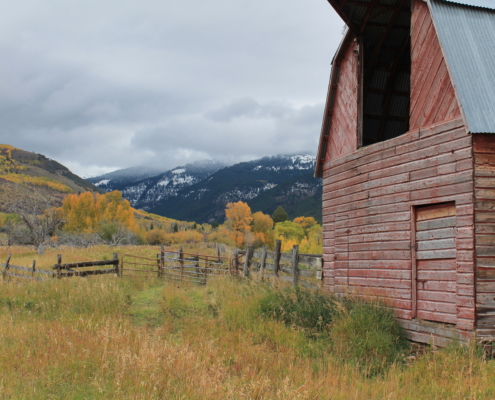
Teton Regional Land Trust is excited to announce the closing of the Darby Creek Farm through a conservation easement with the landowner, Boyd Bowles.
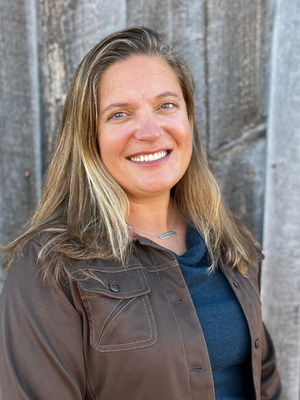
Fall Message from our Executive Director
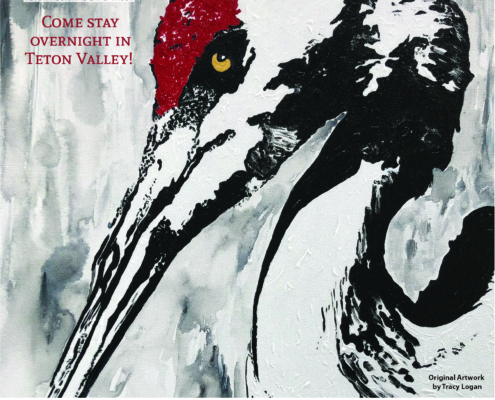
Teton Regional Land Trust presents the 6th Annual Greater Yellowstone Crane Festival
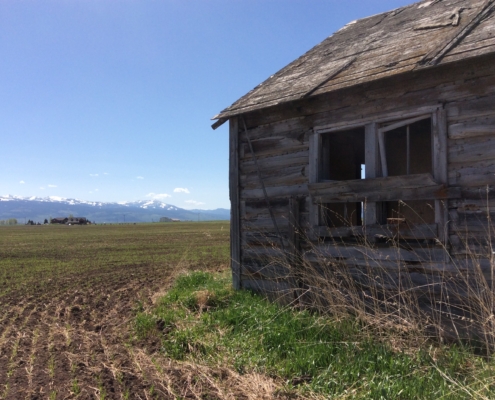
Teton Regional Land Trust partners with landowners to conserve 140-acre property near the Teton River
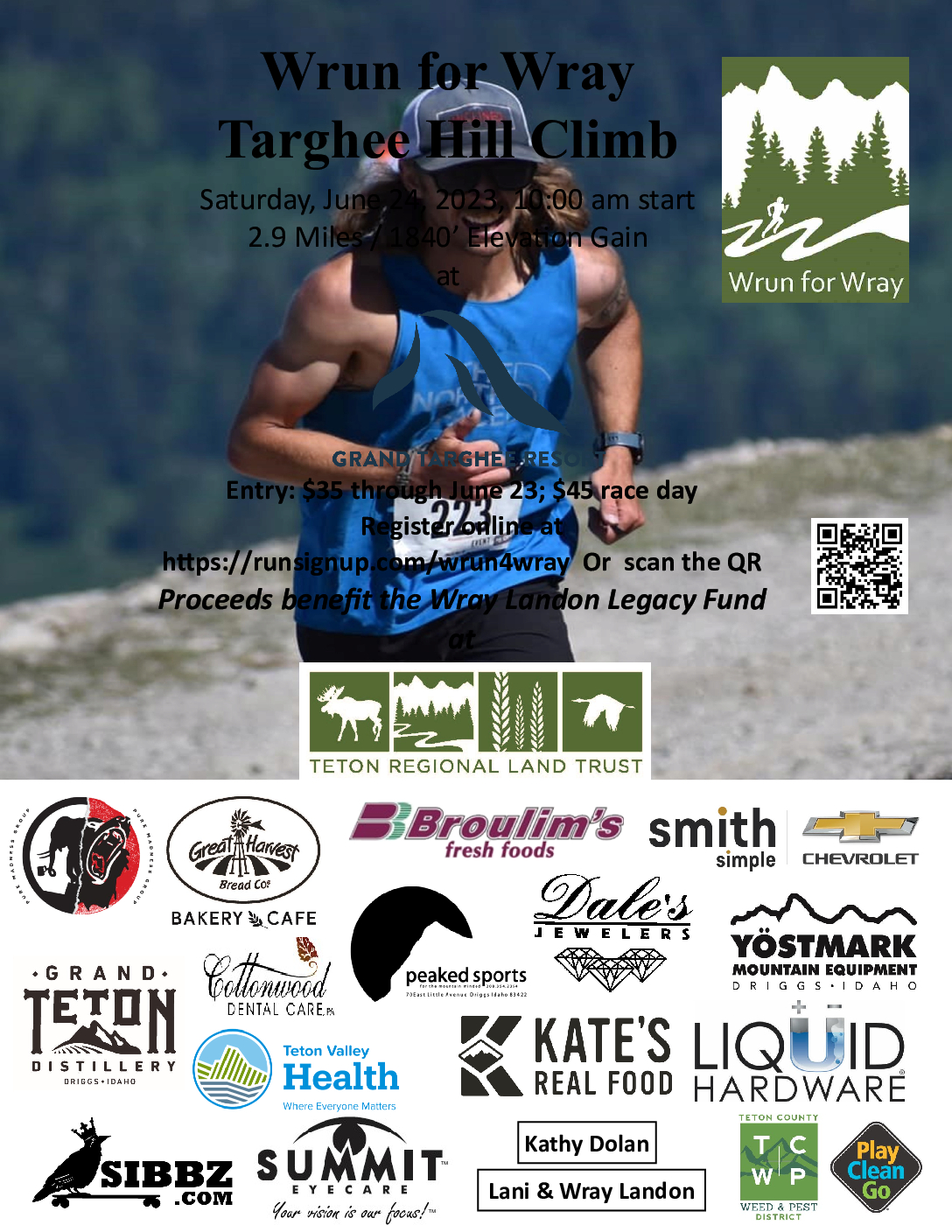
Wrun for Wray Targhee Hill Climb to return for 11th Race, honoring a legacy and impacting community
Maximize Soil Cover
Soil cover refers to either living plant material (growing crop, cover crop, or grassland) or mulch (crop residues, wood chips, tree or shrub prunnings, thatch, or compost). Maximizing soil cover helps to protect the soil from wind and water erosion, increases nutrient cycling, and helps with water retention. Stay tuned for more information regarding each of the 4 Principles of Soil Health! You can also dig into these principles yourself through a quick Google search or by visiting the USDA website at https://www.farmers.gov/conservation/soil-health. We want to hear from you! Please let us know if you use any of these 4 principles and what impact you have seen on the ground. Write a comment here, call us at 208-354-8939, or reach out to stewardship@tetonlandtrust.org. (Photo by Emily Nichols)
#soilhealth #tetonlandtrust #easternidaho #protectourlands #conservation #agriculture

Join Teton Regional Land Trust along with many other Teton County non-profits and groups at Earth Day 2024 on Saturday, April 40 from 11-2. Offerings will include food, music, workshops, other entertainment, as well as over 20 booths with environmental crafts and activities.
More details can be found on our website as well as a link to sign up to volunteer. Link in bio.

There is still time to submit your artwork to the 7th Annual Greater Yellowstone Crane Festival poster contest. This year’s submission window is open until 5pm on Monday, April 15th, 2024. For a complete list of guidelines and to fill out the application, please go to our website (link in bio).
Artists are invited to submit original artwork and are encouraged to sign their work. The artwork that is chosen will be printed on posters as well as merchandise such as hats, T-shirts, and totes. The winning artist will be awarded $250 and will receive a framed copy of the poster as well as several souvenir items featuring their work.
#conservation #easternidaho

There are still @inalandscape tickets available! The Teton Valley concert will be held on Wednesday, July 24 from 4:30-8:30pm at the beautiful Teton River Headwaters property in Victor, ID. This event has sold out every year, so get your tickets early to ensure your spot. A link to the ticket sales page is in our bio. We sincerly hope to see you there!
IN A LANDSCAPE is an outdoor concert series where America’s most stunning landscapes replace the traditional concert hall. Guests explore the surrounding environment while listening to the music of classical pianist, Hunter Noack, through wireless headphones, creating an immersive experience that fosters a connection with the music, nature, and with one another. (link to video in bio)
Guests can bring their own chairs, blankets, and picnics to enjoy during the concert. New this year, the Land Trust will be offering a bar selling beer, wine, cider, and non-alcoholic drinks, so you can leave the heavy coolers behind! A silent auction and plein air painters will also be at the site.
#conservation #concert #easternidaho

Celebrate the International Day of Forests today by getting out into the trees! As John Muir once said, "Between every two pine trees there is a door leading to a new way of life."
Teton Regional Land Trust has helped to protect 42,551 acres of wildlife habitat, farm and ranchlands, and scenic open spaces in eastern Idaho, much of which is considered forestlands.
Forests provide important habitat for the wildlife and bird species that call the Greater Yellowstone Ecosystem home including black bears, Great Grey Owls, red squirrels, Clarks Nutcrackers, mountain lions, and pine martens, just to name a few.

@inalandscape tickets are now on sale to the public. (link in bio) No code is necessary to purchase. The Teton Valley concert will be held on Wednesday, July 24 from 4:30-8:30pm at the beautiful Teton River Headwaters property in Victor, ID. This event has sold out every year, so get your tickets early to ensure your spot.
IN A LANDSCAPE is an outdoor concert series where America’s most stunning landscapes replace the traditional concert hall. Guests explore the surrounding environment while listening to the music through wireless headphones, creating an immersive experience that fosters a connection with the music, nature, and with one another. (link to video in bio)
With 360° views of the Teton, Big Hole, and Snake River Ranges, Teton River Headwaters is our concert site in Victor, Idaho. Conserved by Teton Regional Land Trust and the Watters family, Teton River Headwaters is a 118-acre property with vital wetland meadows and riparian communities. Multiple creeks and springs converge on the property, forming the headwaters of the Teton River, and making it an ecologically important area for wildlife and bird species.
#conservation #concert #easternidaho

There is still plenty of time to submit your original artwork to our annual Greater Yellowstone Crane Festival poster contest! This year’s submission window is open until 5pm on Monday, April 15th, 2024. For a complete list of guidelines and to fill out the application, please go to our website. (link in bio)
Artists are invited to submit original artwork and are encouraged to sign their work. The artwork that is chosen will be printed on posters as well as merchandise such as hats, T-shirts, and totes. The winning artist will be awarded $250 and will receive a framed copy of the poster as well as several souvenir items featuring their work.

Reminder: Application materials due tomorrow, March 8!
Teton Regional Land Trust is looking to hire either a Stewardship Coordinator or a Stewardship Associate (depending on the applicant`s level of experience). The stewardship team acts with the Stewardship Director to complete conservation easement stewardship, baseline documentation, land management, and other duties to support Teton Regional Land Trust’s mission.
A description of these positions and instructions on how to apply can be found on our website. (link to employment page is in our bio)
#conservation #easternidaho #stewardship

We would like to share this video from @plattebasin about pronghorn and the fences that are barriers to migration.
Pronghorn are endemic to North America and make their home in the high plains and vast sagebrush sea of the American West, and like many ungulate species, their survival relies on the ability to roam freely. They need to be able to migrate across large tracks of ground to avoid bad weather and find food. The North Platte River Valley along the Colorado-Wyoming border is rich with wildlife diversity held mostly in private ownership. The rangelands in this area stewarded by ranchers make ideal habitat for pronghorn and other wildlife species. However, the miles of fences used to keep cattle in pastures are often barriers to the pronghorn’s and other wildlife’s movements.
This is a story about a community of people working together to improve fencelines, so pronghorn and other wildlife can move more freely. It also celebrates the wildlife that call the North Platte River Valley home and the folks living and working on this land to help keep these animals around for generations to come.
#conservation #wildlife

Teton Regional Land Trust is looking to hire either a Stewardship Coordinator or a Stewardship Associate (depending on the applicant`s level of experience). The stewardship team acts with the Stewardship Director to complete conservation easement stewardship, baseline documentation, land management, and other duties to support Teton Regional Land Trust’s mission.
A description of these positions and instructions on how to apply can be found on our website. (link to employment page is in our bio)
#conservation #easternidaho #stewardship

Inspiring you to Protect Great Places
Conserving working farms and ranches, fish and wildlife habitat, and scenic open spaces in Eastern Idaho for this and future generations.
Connect with Us
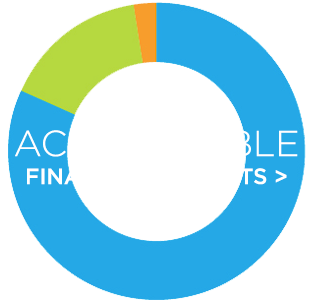 Mailing Address
Mailing Address
P.O. Box 247
Driggs, ID 83422
Physical Address
1520 S. 500 W.
Driggs, ID 83422
208-354-8939
info@tetonlandtrust.org
Stay Connected
Sign up for our Enews
